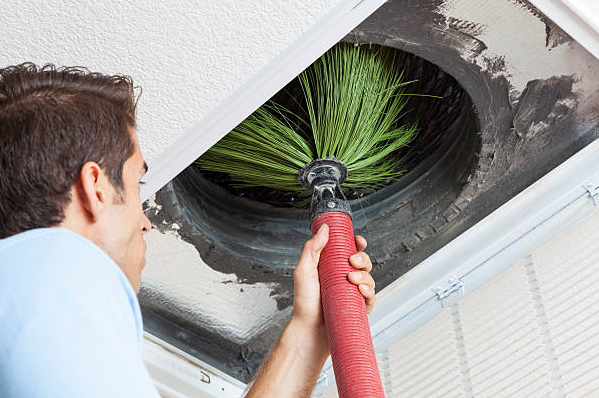Duct cleaning services are important maintenance tasks for every home or office. Cleaning air ducts involves removing dust, dirt, debris, and other harmful particles from the air duct system. The air duct system is responsible for circulating cool or warm air throughout the building, and it’s essential to keep it clean to prevent indoor air pollution.
Many people are unaware of the importance of professional duct cleaning. You can also clean your air ducts independently if you prefer. With the proper guide, tools, and equipment, anyone can conveniently do the cleaning, but if you are not confident enough, it is best to get a professional. Here are some tools and equipment used in air duct cleaning services.
1. The Inspection Tools
The first step in air duct cleaning services is the inspection process. During this phase, the technician will use various tools to assess the condition of the ductwork system.
The inspection tools include digital cameras, inspection mirrors, and fiber optic cables. These tools help the technician identify any problems with the duct system and develop a plan for cleaning it.
2. The Cleaning Equipment
After the inspection, the technician will proceed to the cleaning phase. This stage involves the use of specialized equipment to clean the duct system.
The primary cleaning equipment includes vacuums, air whips, and brushes. These tools help to dislodge and remove debris and dust particles from the ductwork system.
3. The Sanitizing Tools
Once the cleaning process is complete, the technician will sanitize the ductwork system to kill any bacteria or mold spores. The sanitizing tools include ULV foggers, HEPA air scrubbers, and UV lights. These tools help to ensure that the duct system is free from contaminants that can harm indoor air quality.
4. The Use Of Rotating Brushes
Rotating brushes are an effective tool for removing stubborn debris and dust from air ducts. These brushes are attached to flexible rods that can bend and navigate through the ductwork system. The rotating brushes loosen dirt and debris, which is then suctioned out by the vacuum. By using rotating brushes, technicians can thoroughly clean air ducts and improve indoor air quality.
5. The Role Of Compressed Air
The purpose of the compressed air is to blow debris and dust out of the ductwork system during duct cleaning. Technicians use compressed air to create a powerful blast of air that can dislodge dirt and debris stuck to the walls of the ducts.
Compressed air is an effective tool for cleaning hard-to-reach areas of the ductwork system and improving indoor air quality.
6. Video Inspection Systems
Video inspection systems are becoming more common in duct cleaning procedures. These systems use small cameras to capture images of the inside of the ductwork system. The photos are then displayed on a monitor, allowing technicians to see the condition of the ducts in real time.
Video inspection systems are an excellent tool for identifying potential problems in the ductwork system, such as cracks or leaks, and addressing them before they become more significant. They also provide customers with visual proof that the technicians have the air ducts properly.
7. The Use Of Air Whips
Air whips are attached to flexible rods inserted into the ductwork system, and then compressed air is used by the technician to whip the debris out of the ducts. Using air whips can help to remove all dirt and debris from the air ducts, resulting in cleaner indoor air and improved system efficiency.
8. Vacuums
Vacuums are an essential tool in duct cleaning. They are used to remove the debris and dust dislodged by other tools such as rotating brushes and air whips. Technicians use High-powered vacuums to remove all dirt and debris from the air ducts. Using powerful vacuums is also important to prevent debris from being released into the indoor air.
9. Sanitizers
Sanitizers are becoming more commonly used during duct cleaning. These products can kill bacteria, mold, and other microorganisms that may be present in the air ducts.
Sanitizers can also help to eliminate unpleasant odors that may be present in the air ducts. It is important to note that trained professionals should only use sanitizers, as they can be harmful if not used correctly.









